A beautifully decorated home should feel inviting, but some common design choices can accidentally highlight mess instead of hiding it. From tricky color palettes to high-maintenance surfaces, certain elements make dust, smudges, and daily wear much more noticeable. Knowing these pitfalls can help you refresh your space without constant scrubbing. Below are six key design decisions along with the reasoning behind them and the details that make them magnets for dirt and grime.
1. Glossy Dark Floors
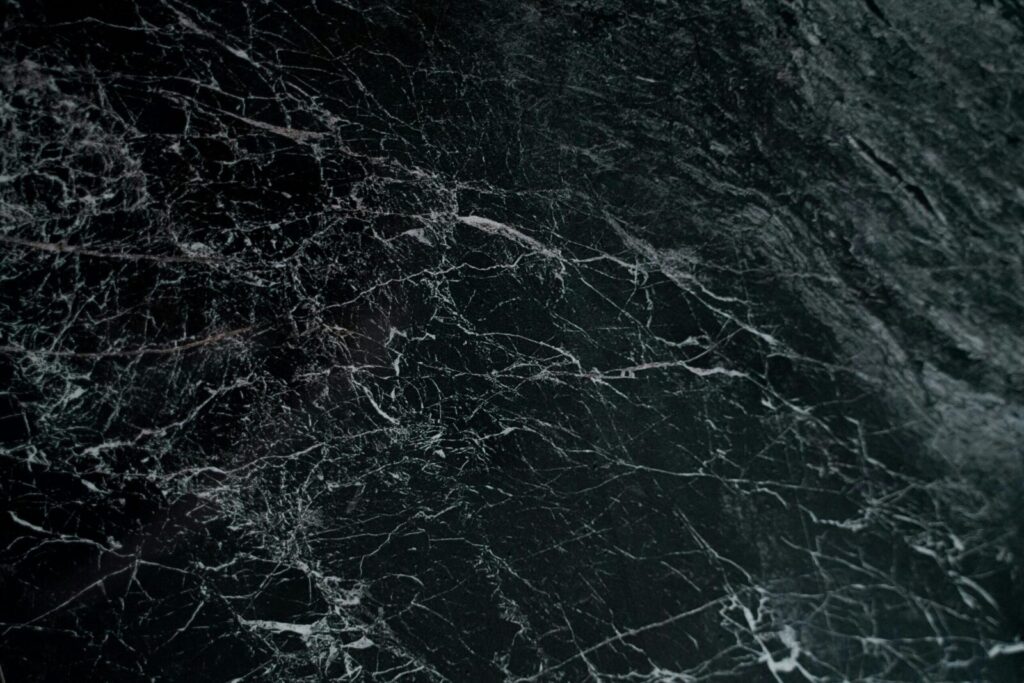
Dark, high-gloss wood or laminate flooring was popular in homes built and renovated throughout the 2010s, but it shows every footprint and speck of dust. Even freshly mopped planks can look streaky once they dry, especially under bright natural light. While their sleek look is appealing, the finish magnifies scratches and pet hair. If you love a dramatic floor, consider a satin finish or a medium-tone stain to reduce the constant need for sweeping and polishing.
2. Open Shelving in Kitchens
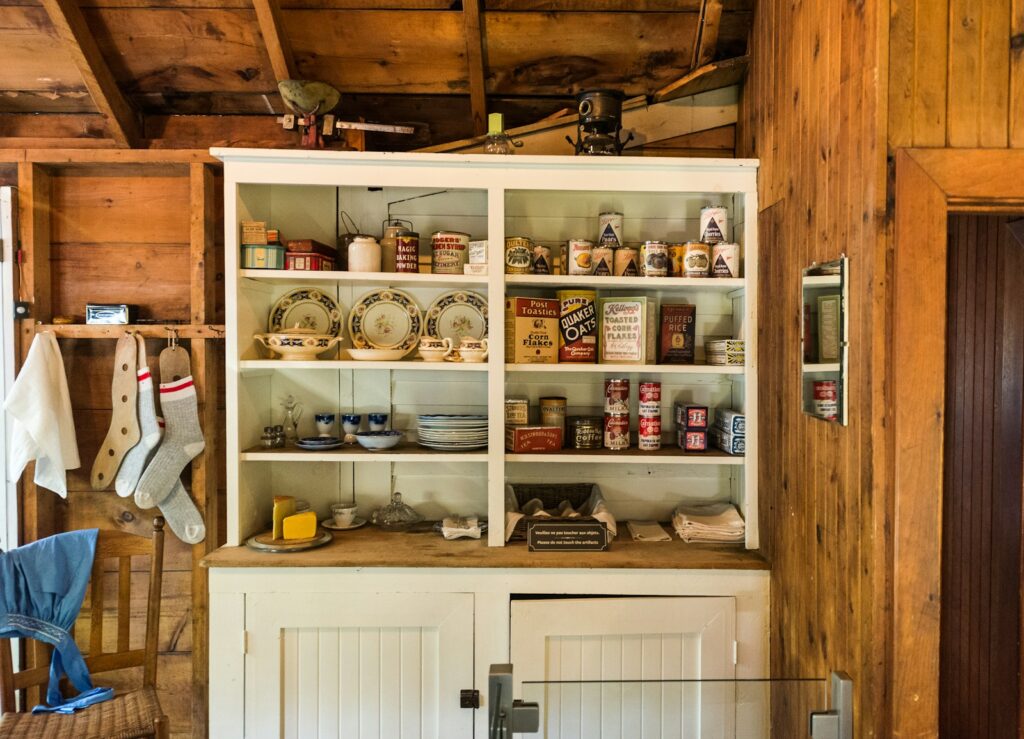
Open shelving surged in popularity after 2015 renovations, offering a modern, airy vibe. Unfortunately, exposed shelves quickly collect grease and dust, especially near stoves or ovens. Plates and glasses gather an invisible film that requires frequent washing, and any clutter immediately catches the eye. Enclosed cabinets or glass-front doors can give a similar spacious feeling while protecting your dishes and cutting down on weekly cleaning sessions.
3. White Upholstered Furniture
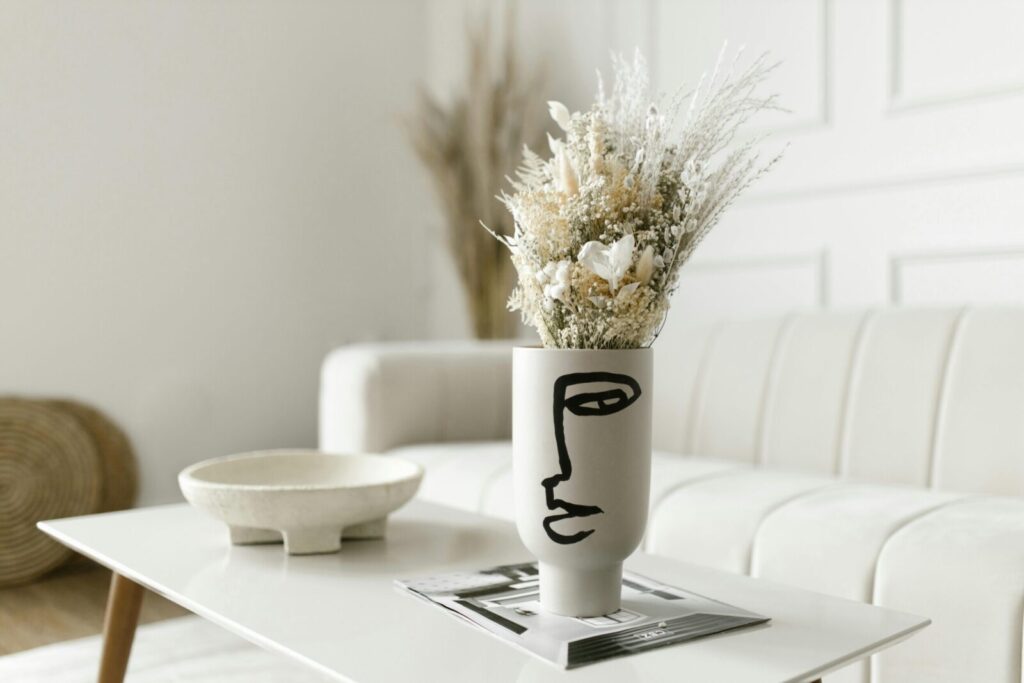
Bright white sofas and chairs became a favorite in minimalist designs of the past decade, yet they’re magnets for stains and discoloration. Even with stain-resistant fabric, everyday use leaves behind subtle marks from body oils, denim dye transfer, or spilled drinks. Sunlight can also yellow the fibers over time. Choosing slipcovers that can be machine-washed or opting for light gray or beige tones will keep the fresh look without demanding constant spot-cleaning.
4. Narrow Grout Lines
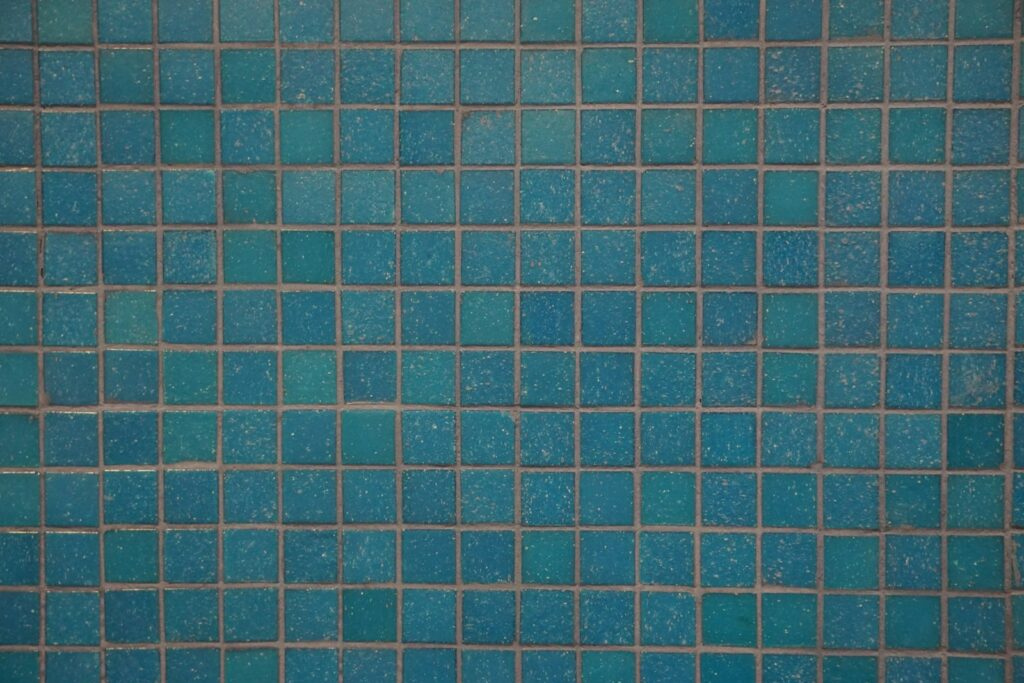
Intricate tile patterns with narrow grout lines were especially popular in bathroom remodels around 2018. While stunning at first, these tight lines trap soap scum and dirt, darkening quickly. Light-colored grout is particularly unforgiving and needs regular scrubbing to stay bright. Larger format tiles with a darker grout shade provide a similar visual interest but resist visible buildup, making maintenance easier and extending the life of the design.
5. Heavy Textured Walls
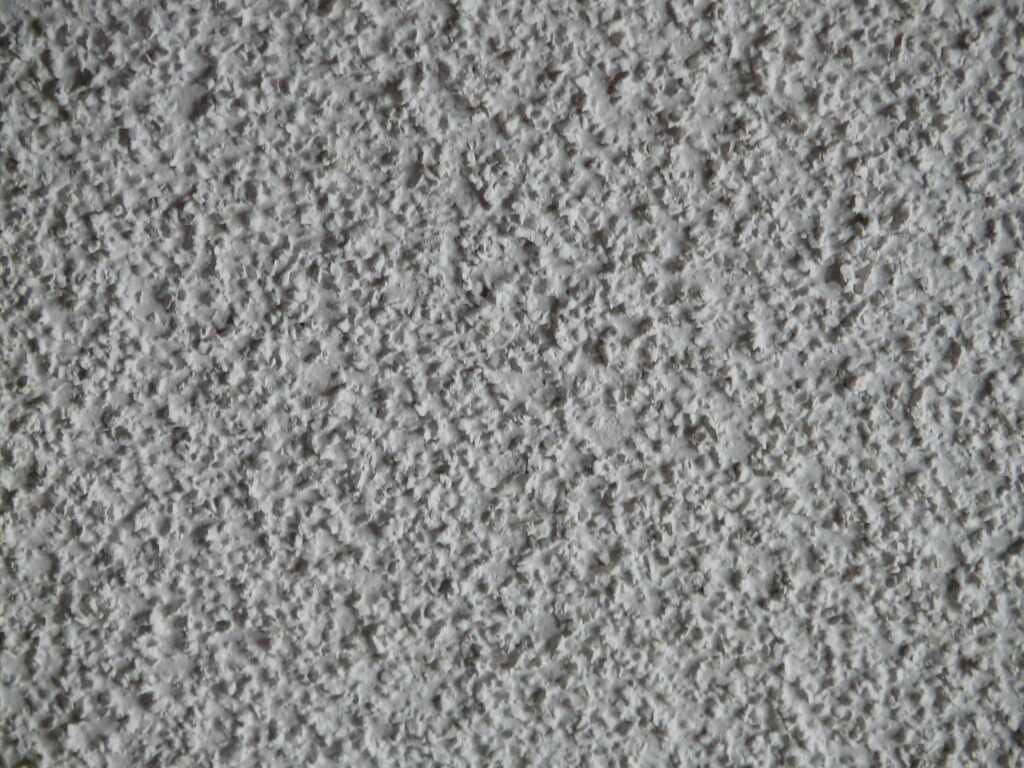
Homes built or updated in the early 2000s often feature heavy textures like popcorn or knockdown finishes. These uneven surfaces attract cobwebs and trap dust, making them difficult to clean without damaging the paint. Repainting or smoothing the texture can drastically cut down on hidden grime. If you like a tactile look, a subtle matte or eggshell paint adds depth without becoming a magnet for dirt.
6. Floor-to-Ceiling Mirrors
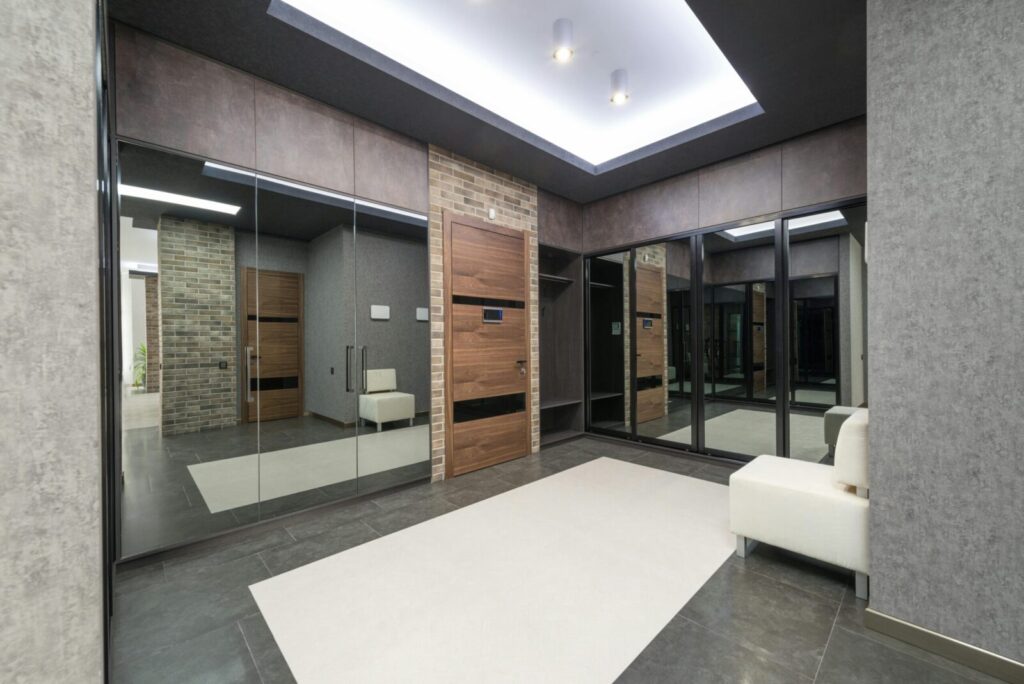
Large mirror panels became trendy in the late 1990s and remain a staple in some modern condos. While they can visually double a room’s size, mirrors showcase fingerprints, smudges, and even the smallest streak from a cleaning cloth. They also reflect clutter, making spaces feel messier than they are. Smaller framed mirrors or mirrored accents can still brighten a room while reducing the constant need for glass cleaner and lint-free cloths.
Comments